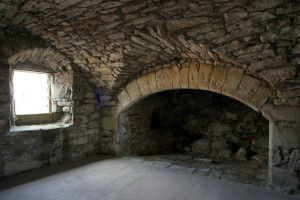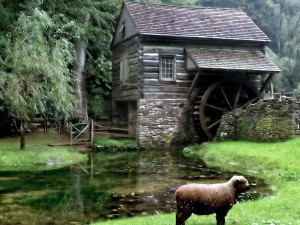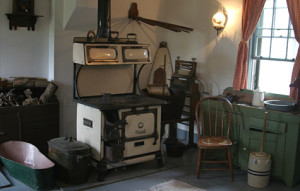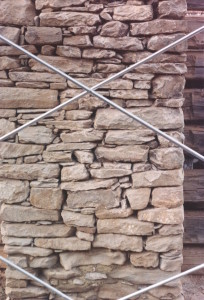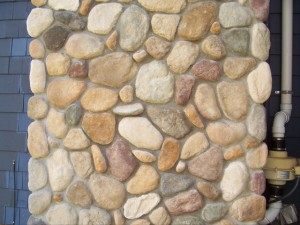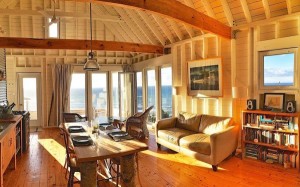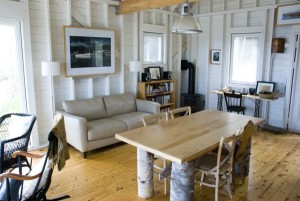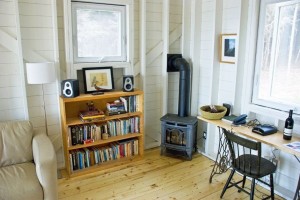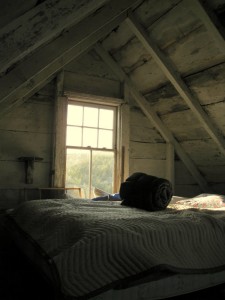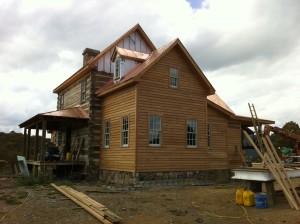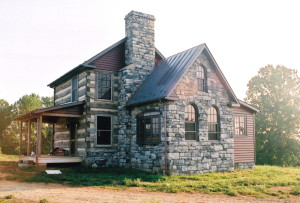A castle fireplace
Although a fireplace like this one from an English castle would not be practical in today’s home… still… it is worth pondering. What is it about this room that is so visually striking and how can that be adapted to your dream home?
The benefits of having a large fireplace…
1) No need to cut your firewood up into tiny, easy-to-handle pieces.
2) No need to cut your meat up into individual servings before cooking… just cook the whole pig!
3) Imagine the heat this fireplace would give off when fully stoked!
4) Plenty of room for you and your friends to stand around the fire.
Whose got the marshmallows?
Originally posted 2015-08-24 13:05:24.

